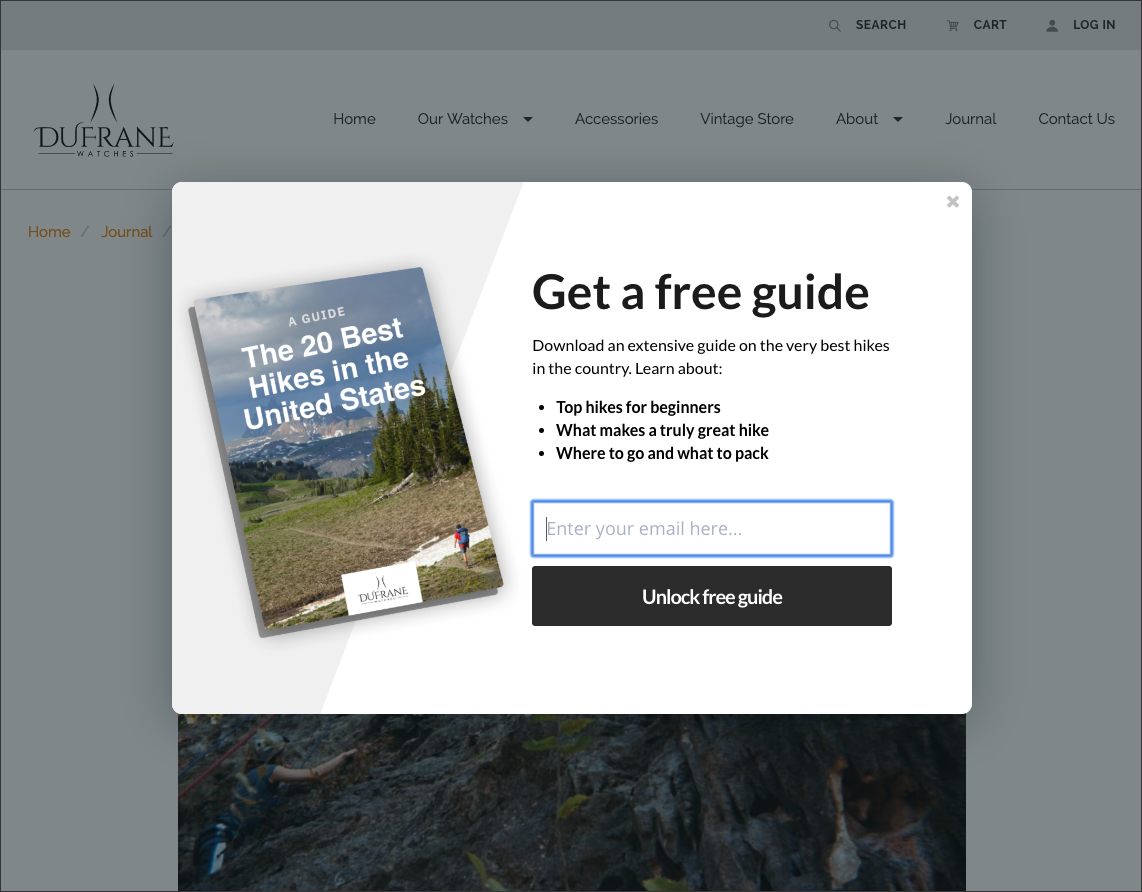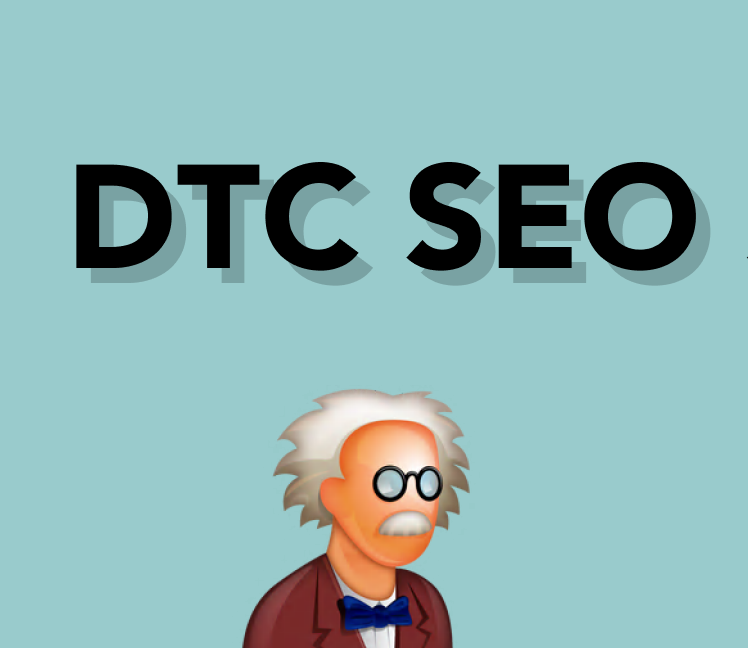Guest post by Shauna Ward, Content Marketing Manager at Matcha

Blogging is often seen as a nice-to-have — a driver of brand awareness that doesn’t meaningfully contribute to the bottom line. But the truth is, blogs are so much more than window dressing.
For eCommerce brands, a blog can (and should!) function as an efficient channel for growth.
When your product ads grow stale or you’re struggling to reach the right people, a smart blog strategy will help you attract, convert, and retain customers.
Let’s look at three tried-and-true content marketing workflows that eCommerce businesses are using to reach their goals.
Blog Objective #1: Decrease Customer Acquisition Cost
As digital advertising costs continue to rise, so does the cost of acquiring new customers through channels like Facebook, Instagram, and Google.
But what if I told you that you don’t have to rely on expensive product ads to get new customers? Instead, you can use content ads to reach and convert your audience at a fraction of the cost.
Now, I’m not suggesting you turn off your product ads. Instead, you should add content advertising to your marketing mix so you can attract the 98% of customers who aren’t ready to buy something from you quite yet. Here’s how it works.
Workflow
1. Promote your most popular blog posts to a lookalike audience based on your current customer list. Optimize your campaign for cost per lead (CPL).
2. Capture readers’ email addresses in one of two ways: with a popup offering relevant content, or by locking your blog post behind a form.
3. Nurture new subscribers with targeted email sequences that combine your top-performing content with your most popular products.
4. Optional: Add an additional touchpoint by retargeting visitors to those blog articles with product ads. People who have already engaged with your brand via your blog are more likely to convert to customers.
Success Metrics
Leading indicators of success:
- Click-through rate on your ads
- Cost per lead (CPL)
- Visitor-to-lead conversion rate
- Email open rate
- Email click-through rate
- Return visits to your website
Lagging indicators of success:
- Sales
- Customer acquisition cost (CAC)
Why It Works
You can capture email addresses from people in your target market at a fraction of the cost of converting them to a customer (think $1-$10 per lead, depending on your audience). Then, you’ll have a list of potential customers who you know are interested in what you have to offer. With email marketing, you can convert this new list of potential customers at no additional cost.
Blog Objective #2: Identify and Attract New Niche Audiences
Maybe you sell to a general audience, or maybe you’re targeting a specific niche already. Either way, there’s room to get better results from your marketing by identifying new, profitable niches you can sell to.
For example, a company that makes protein shakes could sell to a lot of different people, but that doesn’t mean all those people shop the same way. Busy parents tend to care about convenience, while someone with a gluten-free diet will care about the ingredients in the drink.
These two groups will respond to different messaging, content, and ads. But until you run campaigns targeted at each niche, you won’t know which audience will give you the best return on your marketing investment. Here’s how your blog can help.
Workflow
1. Publish blog content geared toward one or two niche audiences.
Tip: Instead of writing content specifically about your products, think outside the box. What will attract these niches to your website? For busy parents, it might be “10 Ways to Simplify Your Kids’ Morning Routine.” For your gluten-free audience, it could be “The Complete Guide to Meal Planning on a Gluten-Free Diet.”
2. Promote these blog posts to their respective niches, making sure to dial in your audience targeting so you don’t waste ad budget on the wrong people. Optimize your campaign for cost per lead (CPL).
3. Capture readers’ email addresses in one of two ways: with a popup offering relevant content, or by locking your blog post behind a form.

4. Once you have enough data from your campaigns, determine whether the audiences were cost-efficient. In other words, is your CPL lower among these audiences than it is when you target a broader audience?
5. Segment your new subscribers by niche, and send them targeted email sequences featuring additional content and products that are relevant to them. The more personalized you can be for each niche, the better!
Success Metrics
Leading indicators of success:
- Ad click-through rate
- Visitor-to-lead conversion rate
- Leads from each niche
- Cost per lead (CPL)
- Email open rate
- Email click-through rate
- Return visits to your website
Lagging indicator of success:
- Sales from each niche
Why It Works
Similar to the previous example, you’ll get new email addresses from this new niche at a much lower cost than you would if you were using product ads. Then, you can use email to test different content, messages, and offers to figure out how to best convert people in this niche into customers. It’s a low-cost, low-risk way to test new audiences and identify a new niche.
Blog Objective #3: Increase Repeat Purchases
It’s easier (and cheaper!) to retain a customer than to acquire a new one. That’s why in the eCommerce world, it’s important to maximize your customer lifetime value (CLV).
CLV is determined by 3 factors: how much people spend, how often they buy, and how long they remain a customer.
The formula looks like this:

To increase CLV, you need to optimize one or more of these variables: average purchase value, average number of purchases, or average number of years in the customer relationship.
With this simple workflow, your blog can influence the number of purchases a customer makes.
Workflow
1. Segment your list of past customers by purchase history. For example, if you sell shoes, you might create a list of customers who have purchased women’s running shoes in the past two years.
2. Send targeted email sequences that feature blog content and products that relate to each segment’s past purchase behavior. In the example above — customers who bought women’s running shoes — you could send a series of emails featuring running tips, interviews with female runners, and your most popular running shoes.
Success Metrics
Leading indicators of success:
- Email open rate
- Email click-through rate
- Return visits to your website
Lagging indicators of success:
- Number of annual purchases
- Customer lifetime value (CLV)
Why It Works
Your customers don’t want generic sales emails over and over. That’s not how you build a relationship. When you add useful content to your customer emails, you give them a reason to stay engaged with your emails and your brand.
By aligning customers’ purchase history with the blog articles you put in those emails, you can create a more personalized experience for your customers that increases sales without bombarding them with “buy now!” emails.
To Recap...
There you have it: three step-by-step strategies for turning your blog into a revenue engine. Now, you can:
- Decrease your customer acquisition cost.
- Identify and attract new niche audiences.
- Increase repeat purchases from your eCommerce store.
Long gone are the days when blogging was a “nice to have.” In today’s competitive eCommerce landscape, competition is fierce, and content is currency. When you approach content strategically and creatively, you can join the ranks of high-performing eCommerce brands that are using blogging to grow their businesses.

The performance blogging platform for eCommerce businesses
Matcha makes it easy to publish professionally produced articles, promote blog content to acquire traffic and leads, and optimize results using content and conversion analytics. Learn more.


.jpg)

